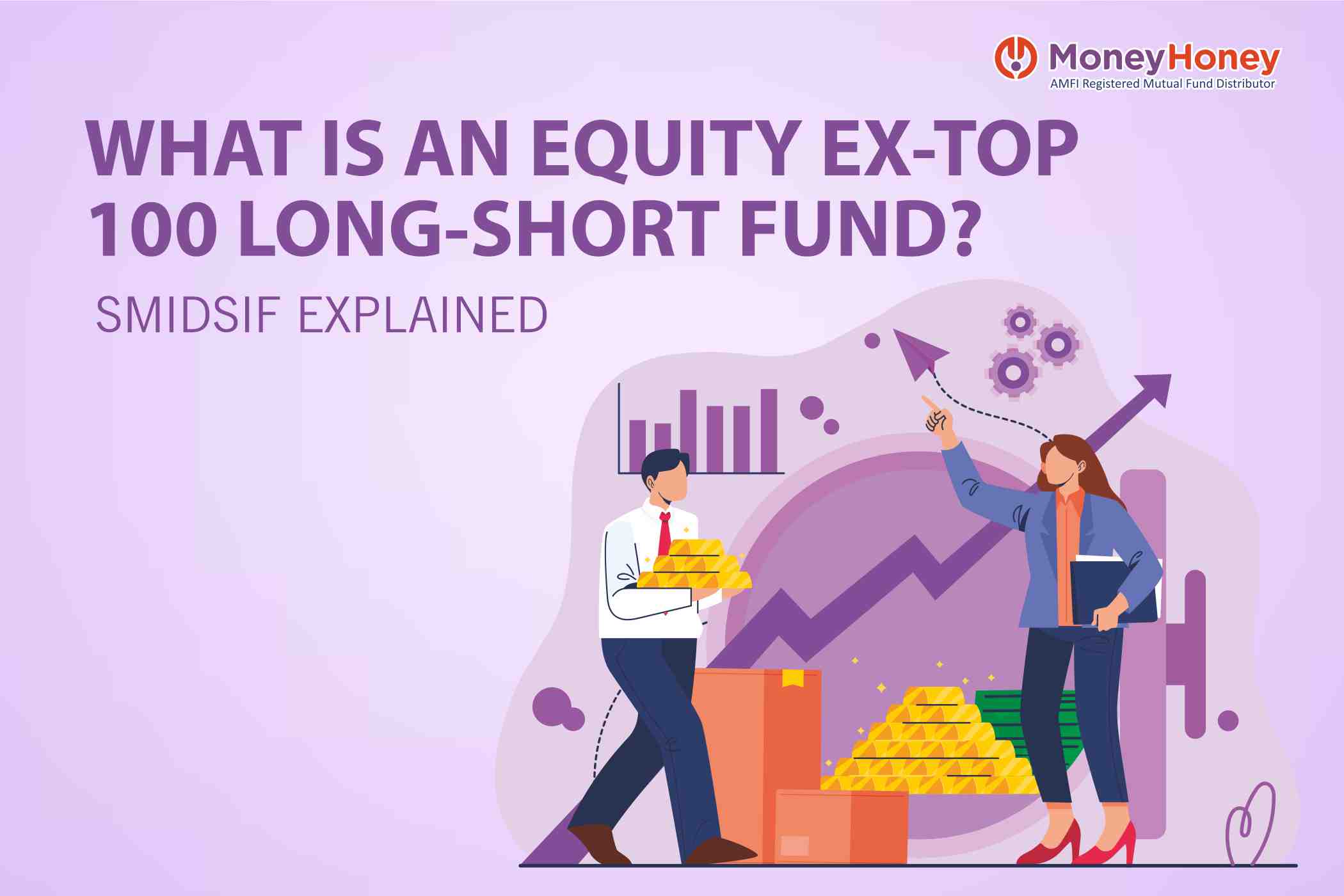Growing Investor Interest in Mid and Small-Cap Stocks
Indian investors have been investing in small and mid-cap stocks through mutual fund schemes. High potential returns over the long term makes investors allocate money to these schemes. As on July 31, 2025, mid-cap funds and small-cap funds together manage assets worth Rs 7.84 lakh crore. Over the last five years ended August 13, 2025, mid-cap funds and small-cap funds on an average have given 25.98% and 29.23% returns respectively as per Value Research. Though investors are rewarded by these schemes handsomely, many investors still think twice before investing in a mid-cap or small-cap mutual fund scheme, because of the fear of intermittent drawdowns.
Understanding the Volatility in SMID Stocks
Though mid-small cap (SMID) stocks can offer high growth, they also come with high volatility, is a fact. Investors uncomfortable with high volatility may find it difficult to invest in these stocks or schemes investing primarily in them. In such a scenario, the soon-to-be launched Specialised Investment Funds’ variant – Equity ex-Top 100 Long Short Funds (SMIDSIF) can be of great help.
What Are Equity Ex-Top 100 Long-Short Funds (SMIDSIF)?
The fund manager of SMIDSIF is expected to invest a minimum 65% of the money into shares of SMID – shares of mid-sized and small-sized companies. Barring top 100 companies by market capitalisation – are termed as large cap stocks, and rest are SMID. These companies are less researched comparedto their large-cap peers. In an expanding economy, such as the one we are into, SMID stocks tend to do well. Some of these stocks have relatively less management bandwidth or lack strong balance sheets. Hence in a downturn in the economy or in a sector, SMID can underperform. The volatile phases in equity markets can also impact SMID stock prices more.
How SMIDSIF Uses the Long-Short Strategy
SMIDSIF can be a great tool to invest in SMID, as these schemes allow the fund managers to short sell SMID stocks up to 25% of the assets under management of the scheme. For the beginners, shorting a stock means selling a stock that one does not own, with an intention to buy it back at a later date using derivative instruments on that stock. The fund manager of SMIDSIF can buy stocks which he expects to do well and can short sell stocks where he expects the prices to trend downwards. This arrangement can help the SMIDSID not only contain the downside in a volatile phase but also make money on stocks short-sold.
Advantages of Short-Selling in SMIDSIF
This facility of allowing short-selling stocks needs to be seen in detail. The biggest advantage of this is that SMIDSIF can generate some returns on short-sold stocks when they move down. That can make the investment journey less volatile for the investor. At any given moment of time, the fund manager has a positive view on some stocks and at the same time expects a set of stocks to suffer.
Limitations During Bull Markets
The disadvantage however may become evident if the fund manager goes short on a few weak stocks in a raging bull market. In such a market, long-only funds – mid-cap and small-cap schemes may do better, compared to a SMIDSIF. In a bull market, even fundamentally weak stocks do not fall much or fall less.
Importance of Active Fund Management
While considering the SMIDSIF for their core portfolios, investors should also keep in mind that the performance of these schemes depend on the role of fund manager. These are truly actively managed schemes – on both long as well as short sides. Since a limited number of mid and small cap stocks are present in derivatives, and these contracts are also not too liquid, the ability to short sell them is also limited. This too can act as a constraint for the fund managers. High churn and need to carry forward short positions may lead to higher fund management costs, which need to be monitored.
Returns, Suitability, and Minimum Investment
Returns of SMIDSIF schemes can vary from one another because of aforesaid factors. These schemes are best suited for evolved investors. Minimum investment is Rs 10 lakh, which is far below compared to Rs 50 lakh for portfolio management service and Rs 1 crore for alternative investment fund.
Taxation Benefits and Recommended Holding Period
Another benefit of investing in an SMIDSIF is the equity taxation the investor enjoys. Gains booked after holding SMIDSIF for a minimum period of one year are considered long term capital gains and taxed at the rate of 12.5% which is concessional for individuals in higher income slabs. Investors should consider SMIDSIF for their core equity portfolios with a minimum of five-year time frame. Maintaining long-term view on a SMID strategy provides high returns for investors
Disclaimer: This report is prepared in his personal capacity and neither the Author nor Money Honey Financial Services Pvt Ltd assumes any responsibility or liability for any error or omission in the content of the article. Investments in mutual funds and other risky assets are subject to market risks. Please seek advice from an investment professional before investing.



